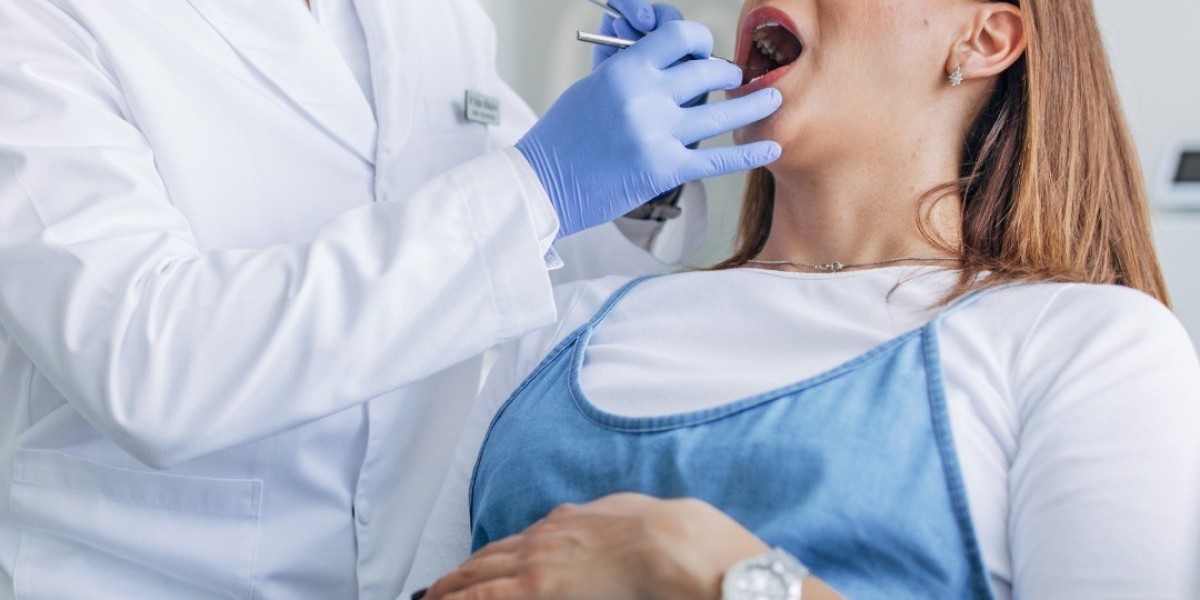Pursuing an MBBS in Russia has become an increasingly popular option for Indian students who are unable to secure government seats or afford the high tuition fees of private medical colleges in India. Choosing the right country for medical education is one of the most important decisions for any Indian student aspiring to become a doctor. While many still opt for MBBS in India, thousands of students are now looking toward Russia as a more affordable and globally recognized alternative. But how does studying MBBS in Russia compare to studying in India?
1. Admission Process
MBBS in India:
Admission to MBBS programs in India is highly competitive.
Students must qualify for the NEET (National Eligibility cum Entrance Test).
In 2023, over 20 lakh students competed for around 90,000 MBBS seats (including government and private).
Government seats are limited, while private colleges demand donations or capitation fees apart from high annual tuition fees.
MBBS in Russia:
MBBS in Russia also requires NEET qualification (as per NMC guidelines), but the cut-off marks are minimal, and no entrance exam is required by Russian universities.
The admission process is direct and transparent, often handled through authorized representatives.
Students can apply to multiple universities without paying donations or management quota fees.
✅ Verdict: Russia offers a more accessible and stress-free admission process for Indian students.
2. Tuition Fees
MBBS in India:
Government colleges are affordable (₹30,000 – ₹80,000 per year), but getting admission is extremely tough.
Private colleges charge anywhere from ₹10 lakh to ₹25 lakh per year, with total costs often exceeding ₹1 crore.
MBBS in Russia:
Russian medical universities offer MBBS programs at affordable fees, typically ranging from ₹2.5 lakh to ₹5 lakh per year.
Total cost for the entire MBBS course in Russia (6 years) is around ₹15 lakh to ₹30 lakh—much lower than most private Indian colleges.
✅ Verdict: Russia is much more affordable than private MBBS colleges in India.
3. Quality of Education
MBBS in India:
Medical education in Indian government institutions is of high quality.
However, private institutions often face criticism for lacking practical training and infrastructure.
Overburdened faculty and large student-teacher ratios are common in some colleges.
MBBS in Russia:
Russian medical universities offer globally standardized curriculum with strong emphasis on clinical practice.
Universities are equipped with modern infrastructure, labs, and simulation centers.
Many Russian universities rank among the top 1000 globally and are recognized by WHO, NMC, FAIMER, and other medical councils.
✅ Verdict: Both countries offer good education, but Russia often provides better infrastructure and global exposure, especially in top universities.
4. Language of Instruction
MBBS in India:
Courses are taught entirely in English, which makes it easy for Indian students to understand and communicate.
MBBS in Russia:
Most top medical universities offer MBBS programs entirely in English, especially for international students.
However, students may need to learn basic Russian language to interact with local patients during clinical rotations.
⚖️ Verdict: India has an edge in terms of comfort with language, but Russian universities now offer full English-medium MBBS programs as well.
5. Living Costs and Lifestyle
MBBS in India:
Cost of living depends on city and college type.
Hostel fees, food, and transport can vary from ₹7,000 to ₹15,000 per month.
Students may stay close to home, offering emotional and cultural comfort.
MBBS in Russia:
Monthly living expenses are around ₹15,000 to ₹20,000, including hostel, food, transportation, and other essentials.
Students benefit from safe, clean hostels, access to Indian food, and a diverse cultural experience.
Russia is generally safe for international students, with strong student support services.
✅ Verdict: Both are affordable for living, but Russia offers international exposure and cultural diversity.
6. Global Recognition and Career Opportunities
MBBS in India:
An MBBS from India is directly recognized by the NMC and valid for practice in India.
For higher education abroad, Indian MBBS graduates may need to qualify exams like USMLE or PLAB.
MBBS in Russia:
Degrees from NMC-recognized Russian universities are valid in India after passing FMGE/NExT.
Russian MBBS graduates are also eligible for USMLE, PLAB, AMC, and other licensing exams globally.
Many Indian students pursue postgraduate studies or medical practice in countries like Germany, USA, UK, after MBBS in Russia.
✅ Verdict: MBBS from Russia provides more global mobility if you aim to work abroad.
7. Post-MBBS Licensing and Practice
In India:
After MBBS from India, students must complete a 1-year internship and clear the upcoming NEXT exam for practicing and PG admission.
In Russia:
Indian students must clear the FMGE (Foreign Medical Graduate Exam) or NEXT to get licensed in India.
The FMGE is known to be tough, but preparation support is provided by many universities and Indian coaching institutes.
⚖️ Verdict: Indian graduates don't need FMGE, but Russian graduates must pass it to practice in India.
Final Conclusion: Which is Better?
Choosing between MBBS in Russia vs MBBS in India depends on individual goals, preferences, and financial background.
If you have a top NEET rank, studying in a government college in India is the best option.
If you don’t get a government seat and cannot afford private college fees, MBBS in Russia is the better alternative.
Russia offers affordable fees, global recognition, quality education, and international exposure.
However, students must be prepared for FMGE/NExT and adapt to a new country and culture.

